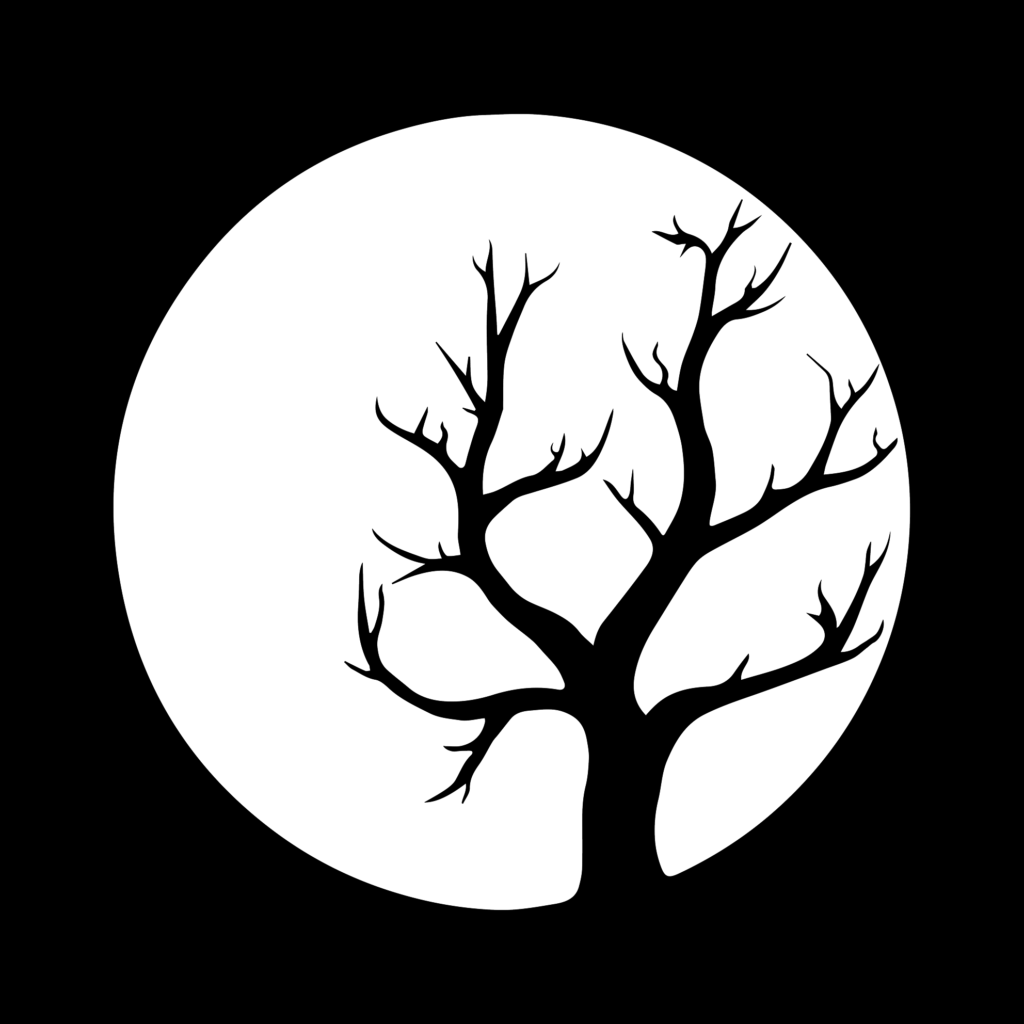branding, corporate design, product design, ux/ui design

Rise and Shine – Cinema is a film distribution-company specialized in qualitative documentaries, delivering averagely four films per year into cinemas since 2015.
For a future release, we developed a simple but effective website to provide an easily accessible space for staying in touch with the project.
CHECK IT OUT
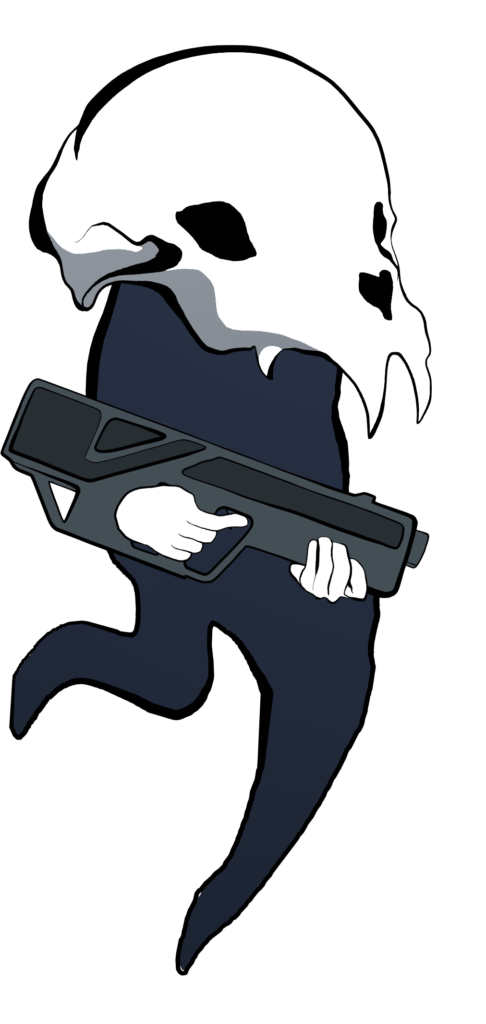
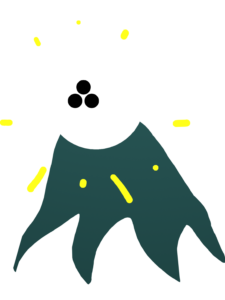
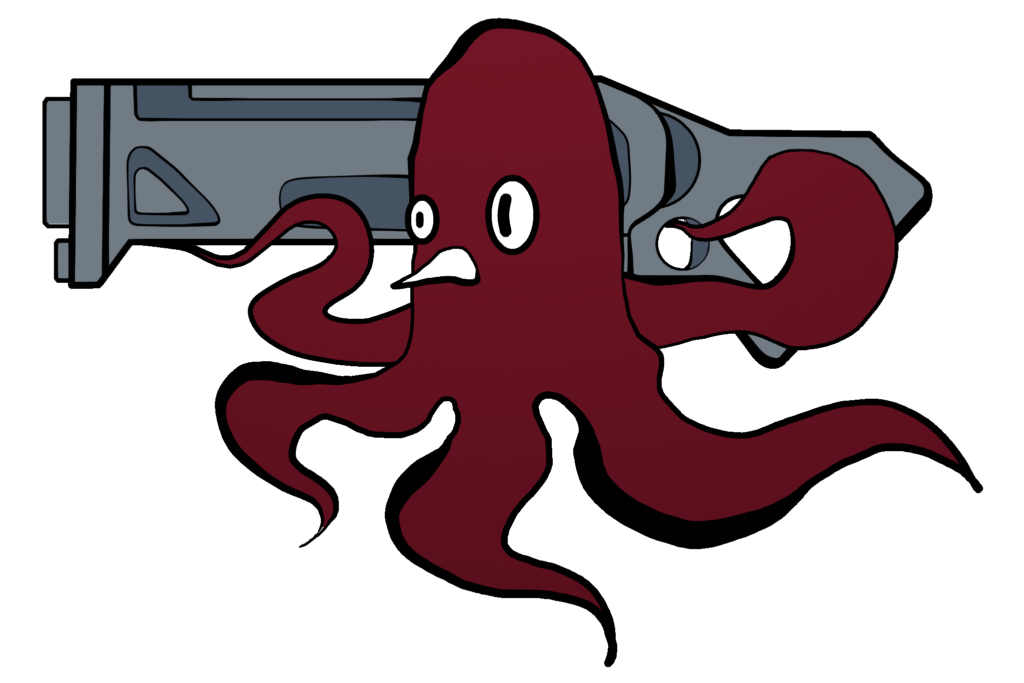

A game about shrinking your enemies.
Made for GMTK Gamejam 08/2024 with Unity & Blender.
Submitted by Superschnizel, Hynozia, aetheristics on itch.io —> 1 hour, 57 minutes before the deadline.
Shoot and shrink your way through your enemies in this high paced top down shooter.
Break your enemies shields and use your shrink gun to shrink them down to size so you can eat them.
PLAY IT HERE (with PC + mouse)
Controls:
WASD: movement
mouse: aim and shoot
mousewheel: switch weapon
shrink gun loads while holding the trigger
shift + reverse movement: sprint mode
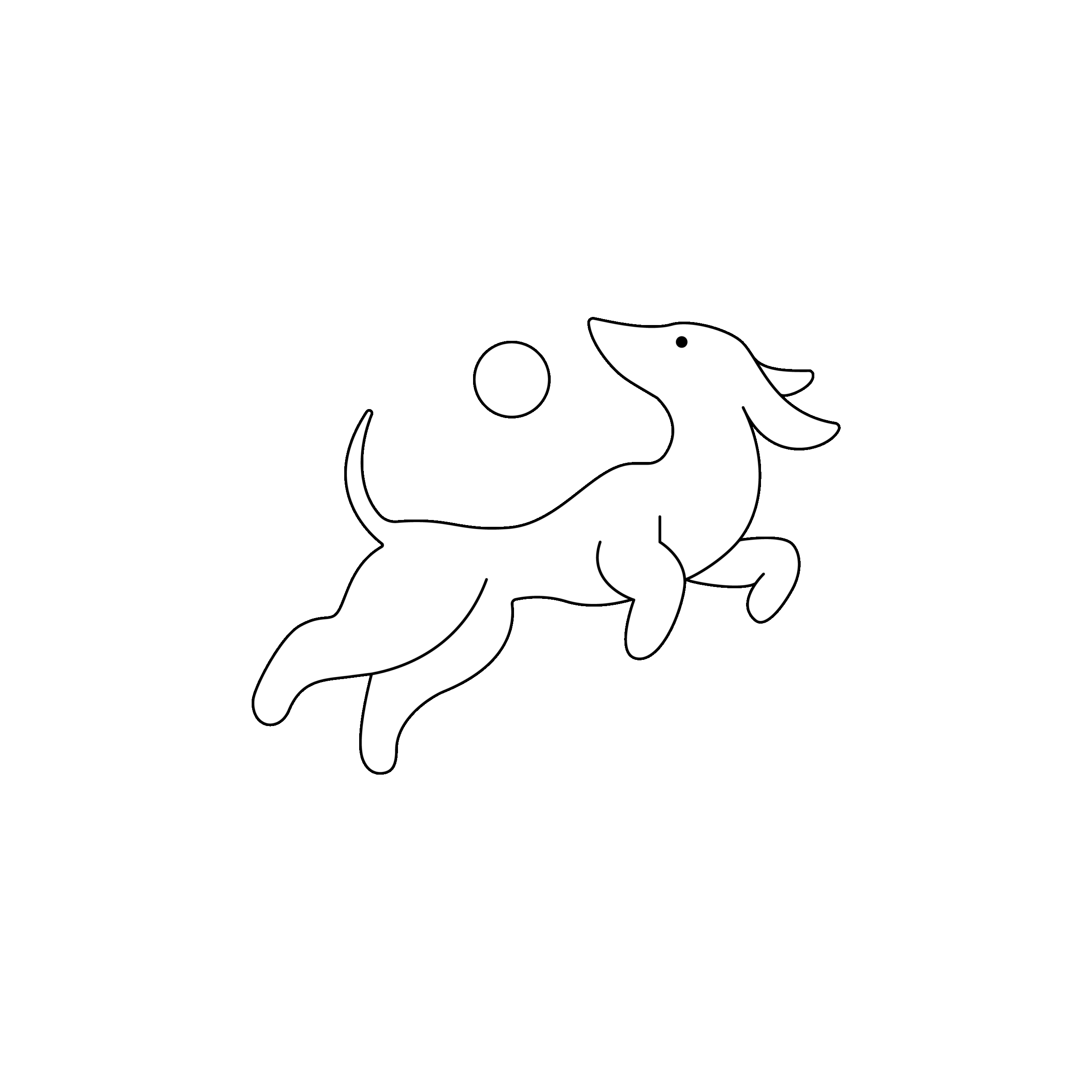
WOOF WEAR
concept illustration
07/2024 Illustrator
commission work for woof wear
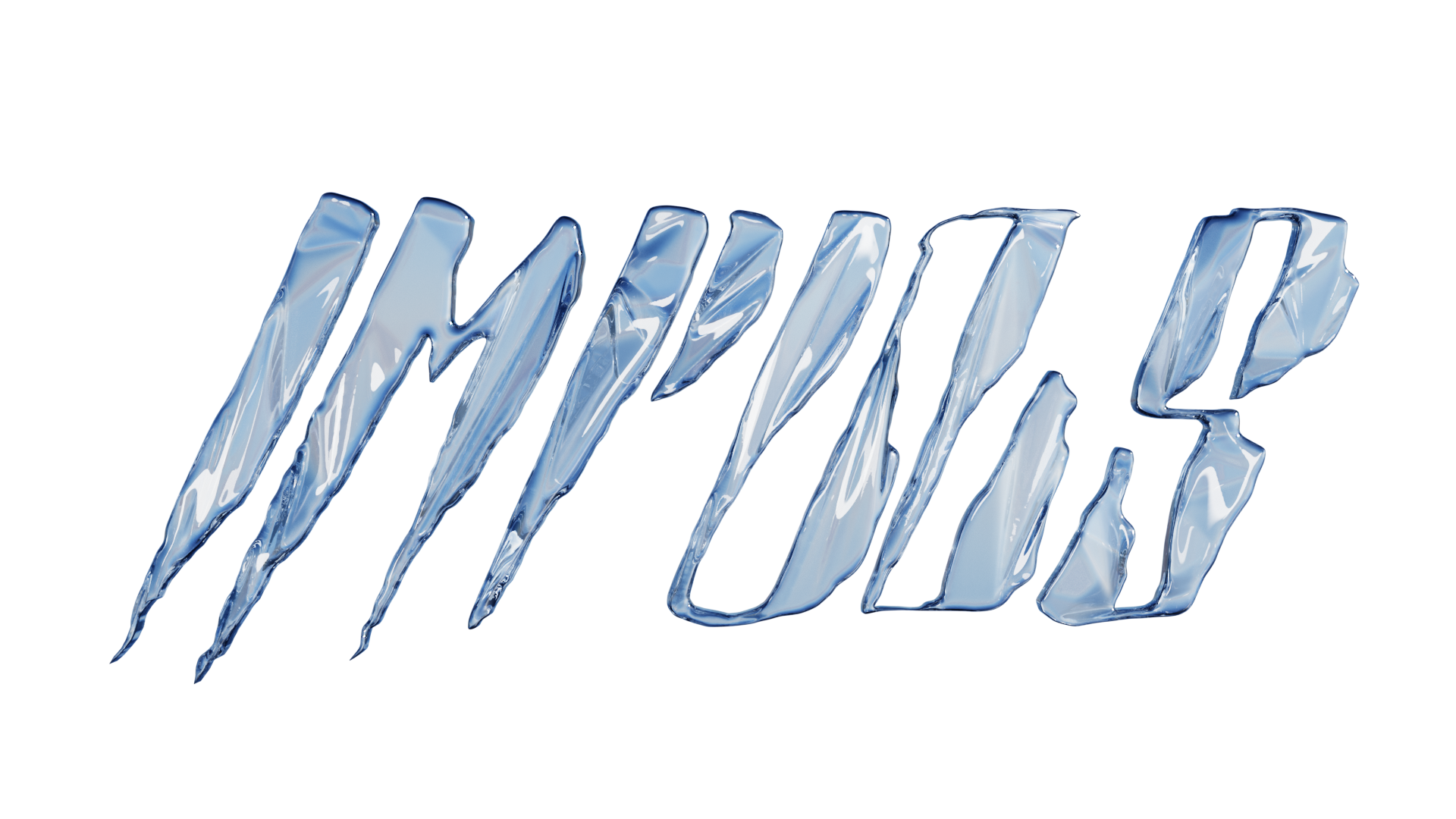
IMPULS
branding, corporate design, graphics
12/2022 Ink, Photoshop, Illustrator, Blender
This is made for the Impuls Crew , a DJ collective I founded with friends back in the day before I moved to Berlin. Since then, the Impuls Crew organizes electronic music events like the Rempart Rave in Freiburg with considerable success.
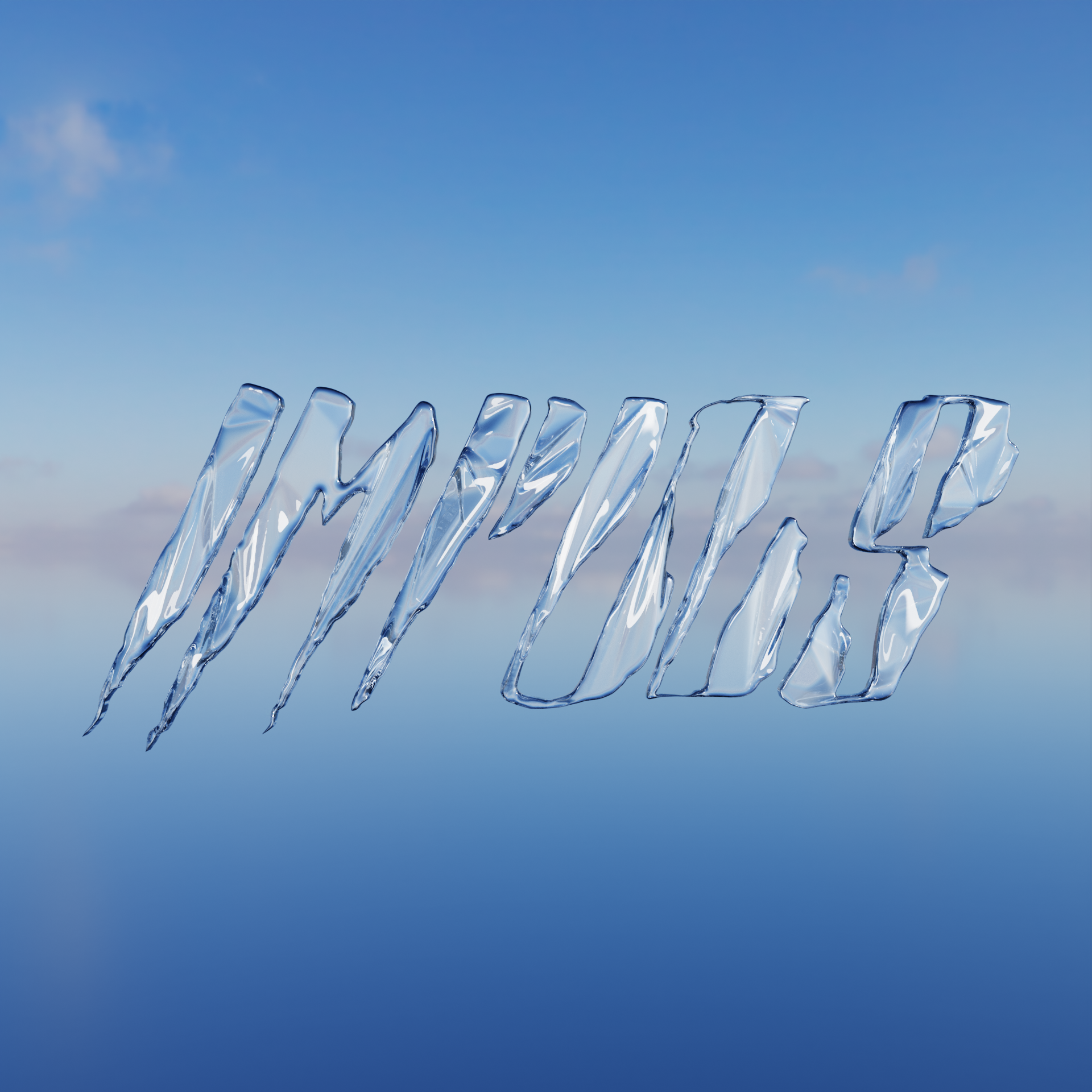
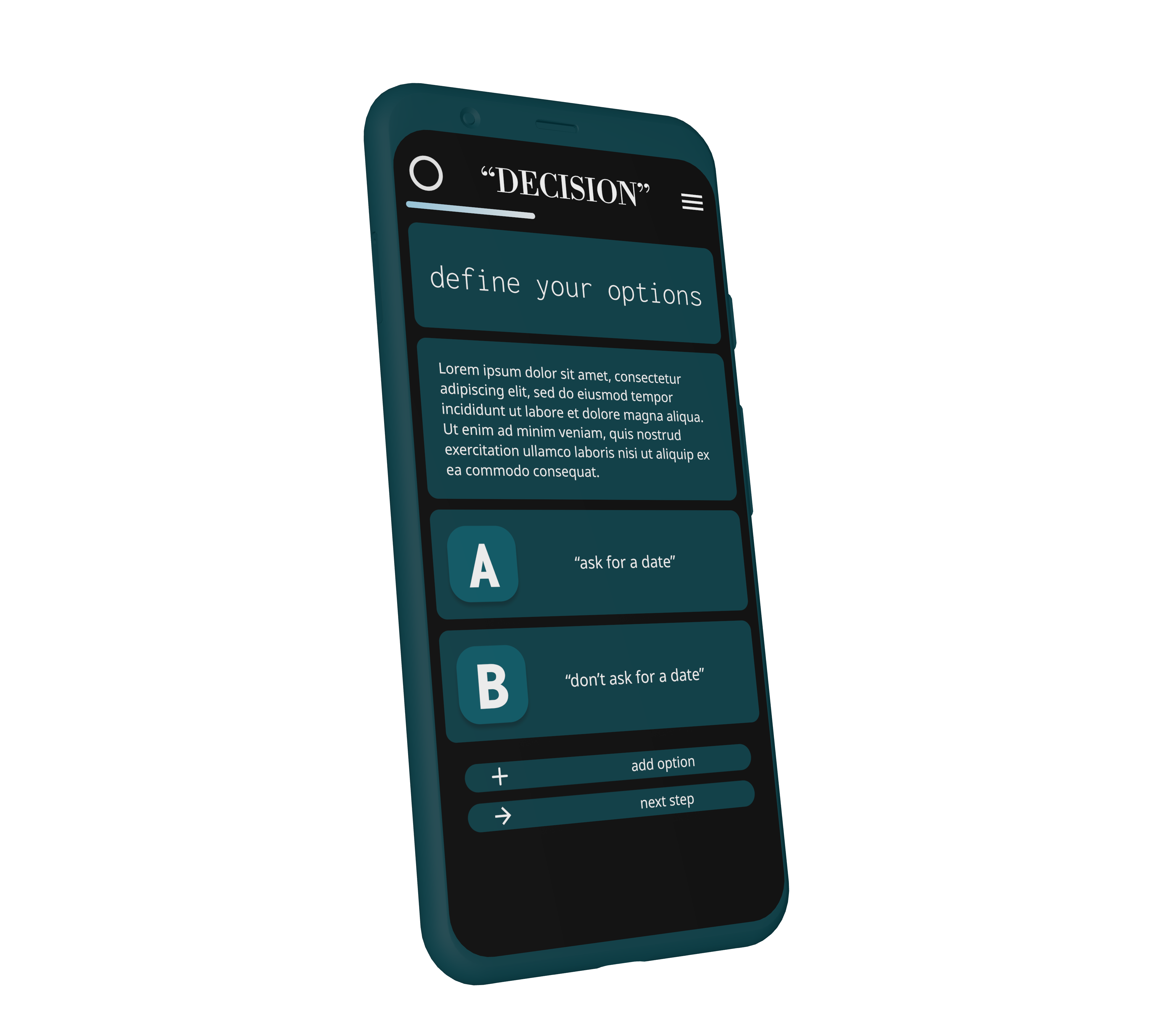
The Decider
product development, UX-UI design
Decision Support System
07/2022 Figma
The Decider, is a self-reflection-interface intended to help people find their true opinion through supporting rationalization or enhancing intuition.
Since my friends and family members often consult me on their decision-making processes, I had the idea to develop a tool for this specific task. It is generally not easy for us humans to make decisions and there are many decision support systems (DSS) to facilitate this process already. Interestingly, when I looked around for potential competition for my product idea, I noticed that most apps for this purpose either don’t work well or have a terrible interface. Another issue was that it was difficult to understand how the DSS functioned. As a result, I concluded that the challenge of such a product is to be efficient while also being intuitively usable.
During my studies in cognitive science I had already dealt with the processes of human decision-making in detail. With this background, I was fortunately able to quickly gain an overview of the complexity of decision-making and break it down into smaller aspects to work with further.
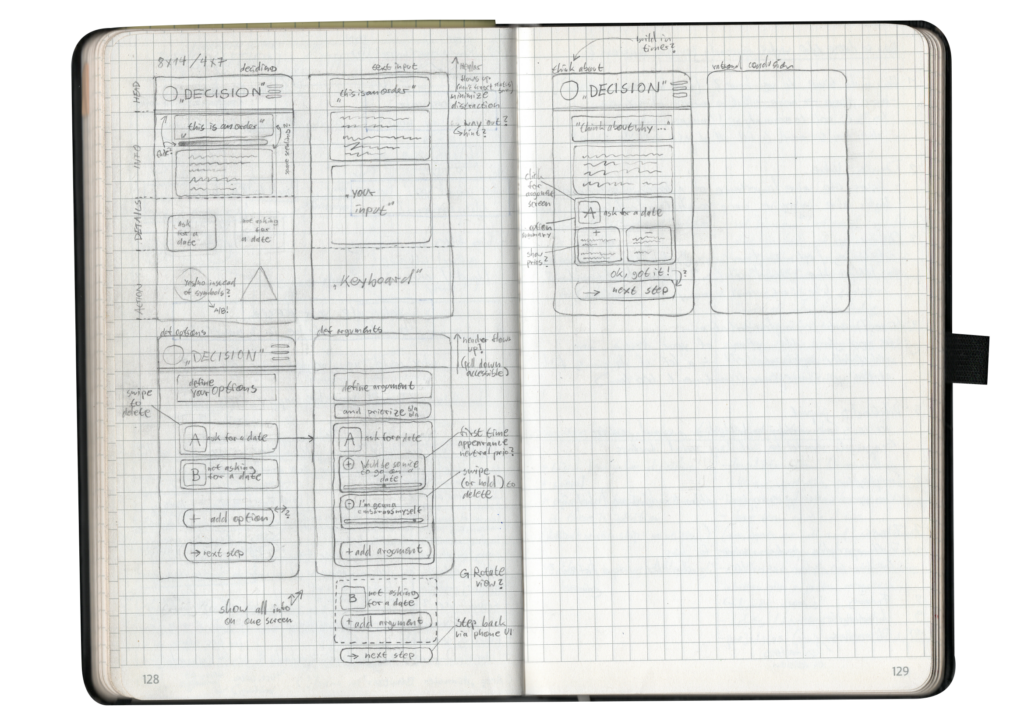
MORE ABOUT IT HERE
There are two approaches for us humans to make a decision: the rational and the intuitive way. Both have their advantages, disadvantages and factors that influence the process:
rational decision-making
+
- only if an optimal solution is possible
- fact driven approach: minimizing biases, enhancing objectiveness
–
- not a very human approach
due to our lack of cognitive capacities and optimization
(motivation ends as soon as a sense of satisfaction is reached -> no ongoing optimization) - time consuming
- limits of information / knowledge / anticipation
quantity, quality, accuracy and integrity of information are often missing - cause-effect relationships are not clearly discernible
intuitive decision-making
+
- good for low value decisions
- speed
- a certain degree of intuition is required
(more difficulty in decision making -> less intuition). - ability that can be improved through learning
–
- inaccurate, insufficient, unreliable and unrelated information is indistinguishable
- inappropriate application possible (example: overconfidence)
- short term emotional bias
(even experts can be influenced by unrelated emotions) - bias due to prejudice (example: lack of openess)
- insufficient consideration of alternatives – limits of information
(intuition relies on pattern-recognition -> limiting options) - heuristics and habits
So how does one choose the right approach for an upcoming decision?
To answer this question, I have compiled some (certainly not all) decisive factors:
Time
How much time can be invested in the decision-making process? More time -> more effective analysis of situation possible. (Risk of overanalyzing -> analysis paralysis.)
Value
Importance of the decision result. Higher value -> requires more consultative / collaborative approach.
Quality
How to define the optimal solution? Is a satisfactory outcome sufficient, or is maximization/optimization of the solution required? (Risk of moderate solution bias, criterions for quality could be: level of action, social harmony, self-actualization.)
Commitment to implementation
Are the options of the decision realistically implementable? -> Many decisions fail at this point because the acceptance / commitment is too low.
Relationship impact
If the decision is embedded in a social context -> decision-making approach should include social factors.
Complexity
Are the options imaginable without additional help? Is the decision comprehensible?
Biases
Both deicision-making approaches contain sources of bias -> How to deploy bias filter?
Time
How much time can be invested in the decision-making process? More time -> more effective analysis of situation possible. (Risk of overanalyzing -> analysis paralysis.)
Objectives
What is the motivation behind the decision? A decision that deals with the fear of losses is something completely different from a decision about possible gains.
Uncertainties
Always play a role. The question is which.
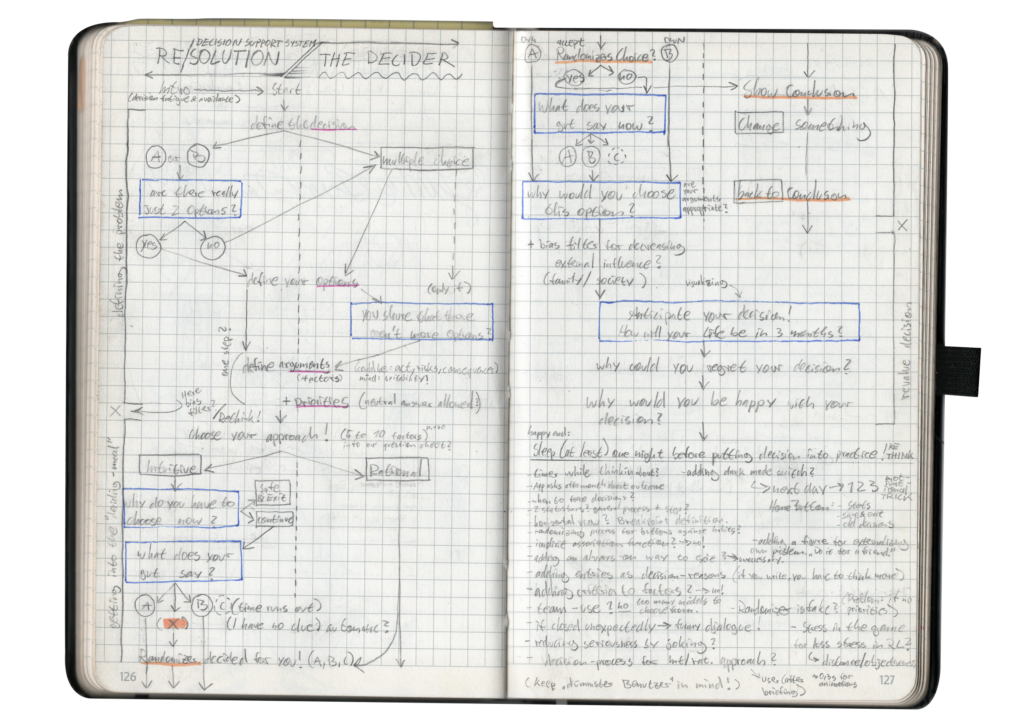
With my theoretical findings in mind, I began to design a process for my app that incorporates both rational and intuitive decision-making approaches, as well as methods for filtering biases.
The user journey is divided in three sections:
1. Identifying the problem
2. Getting into the decisive mood
3. Reevaluation of the decision
Once the flow was clear, I started designing the wireframe.
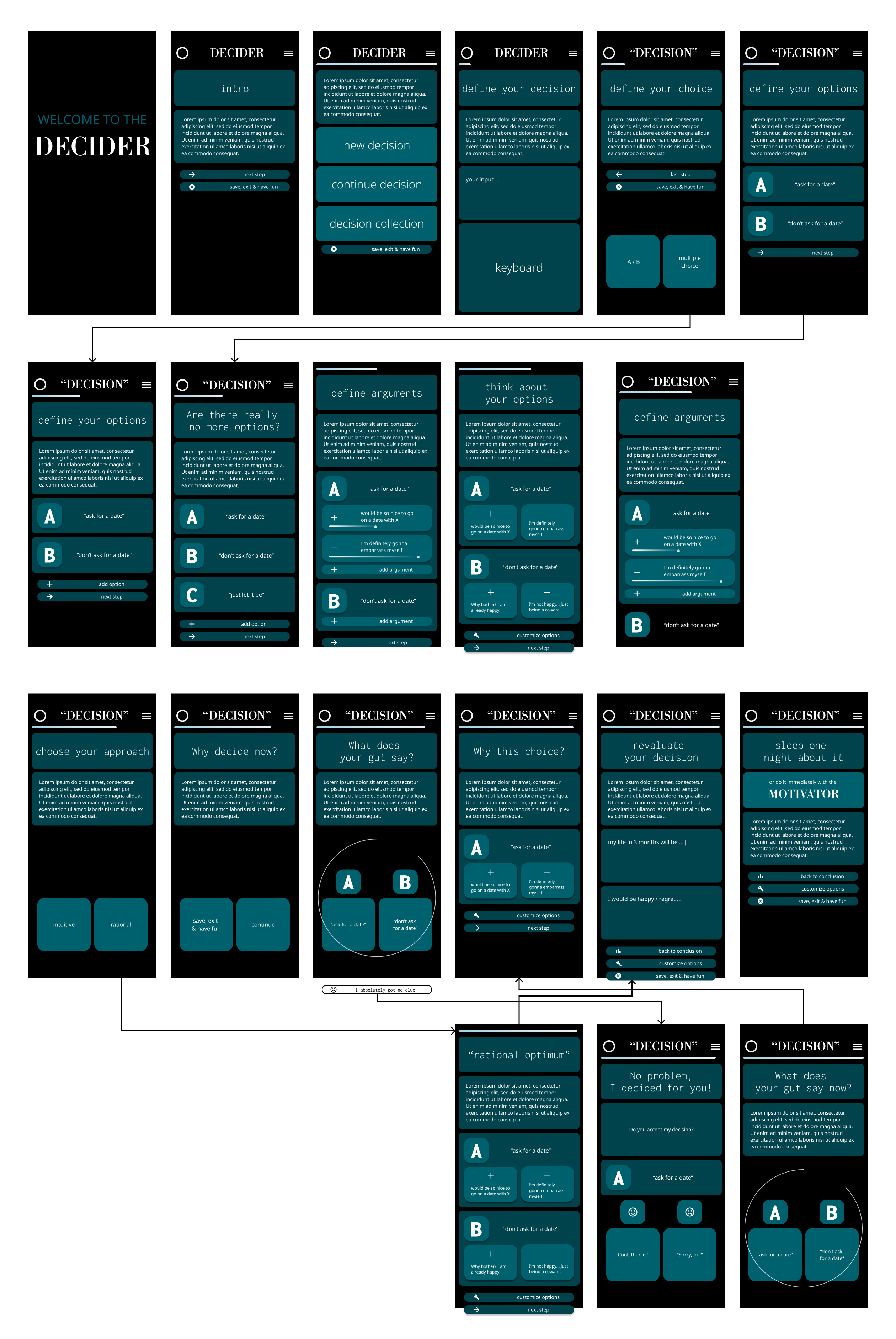
Ultimate Battle Dice
game jam contribution
07/2022 Blender, Photoshop, Unity
Visual design for a computergame that my friend Superschnitzel and I contributed to the GMTK Game Jam 2022. We created the game within 48 hrs. My key takeaway of this experience is, that good communication becomes difficult while facing high stresslevels in combination with insane workload and remote collaboration.
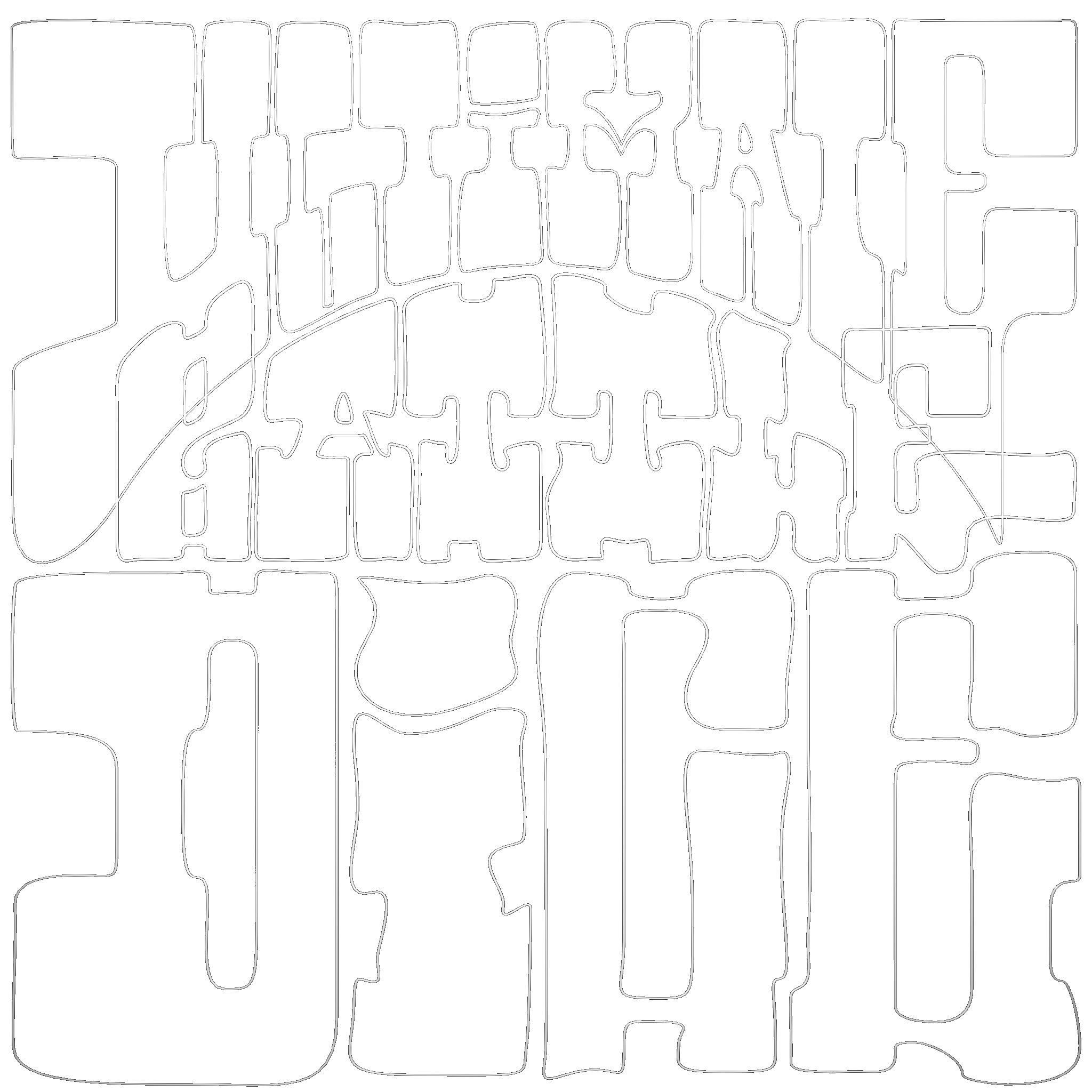

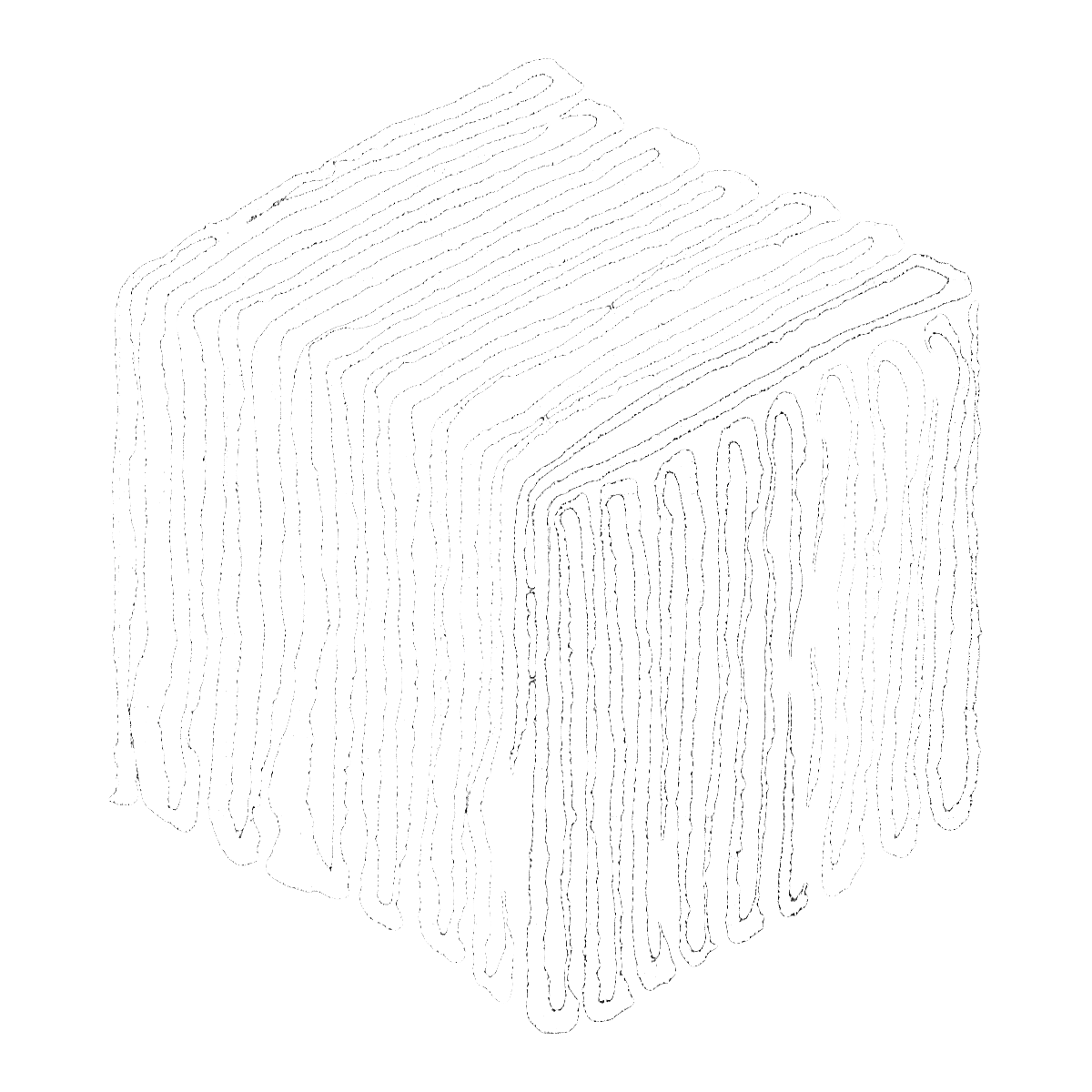

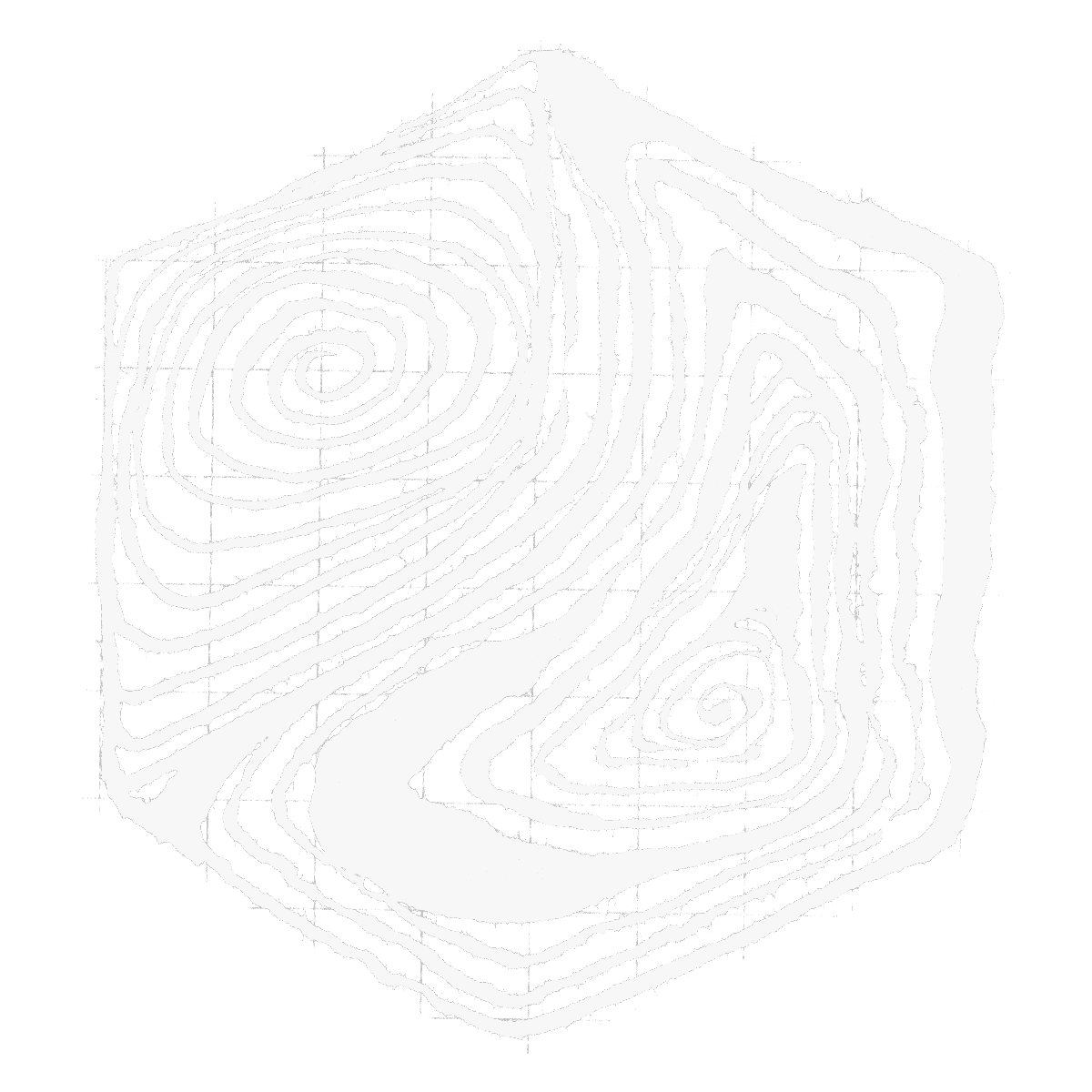
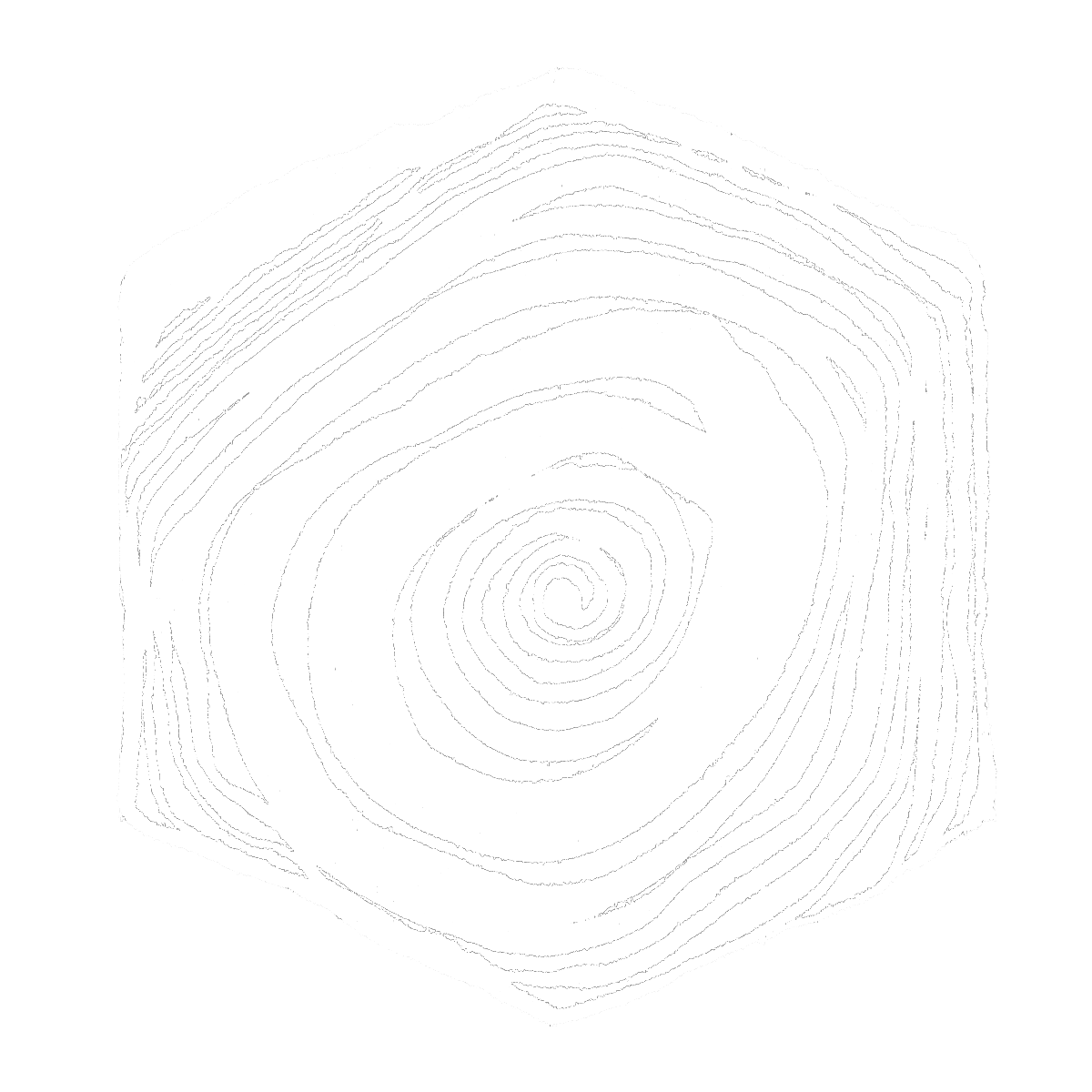
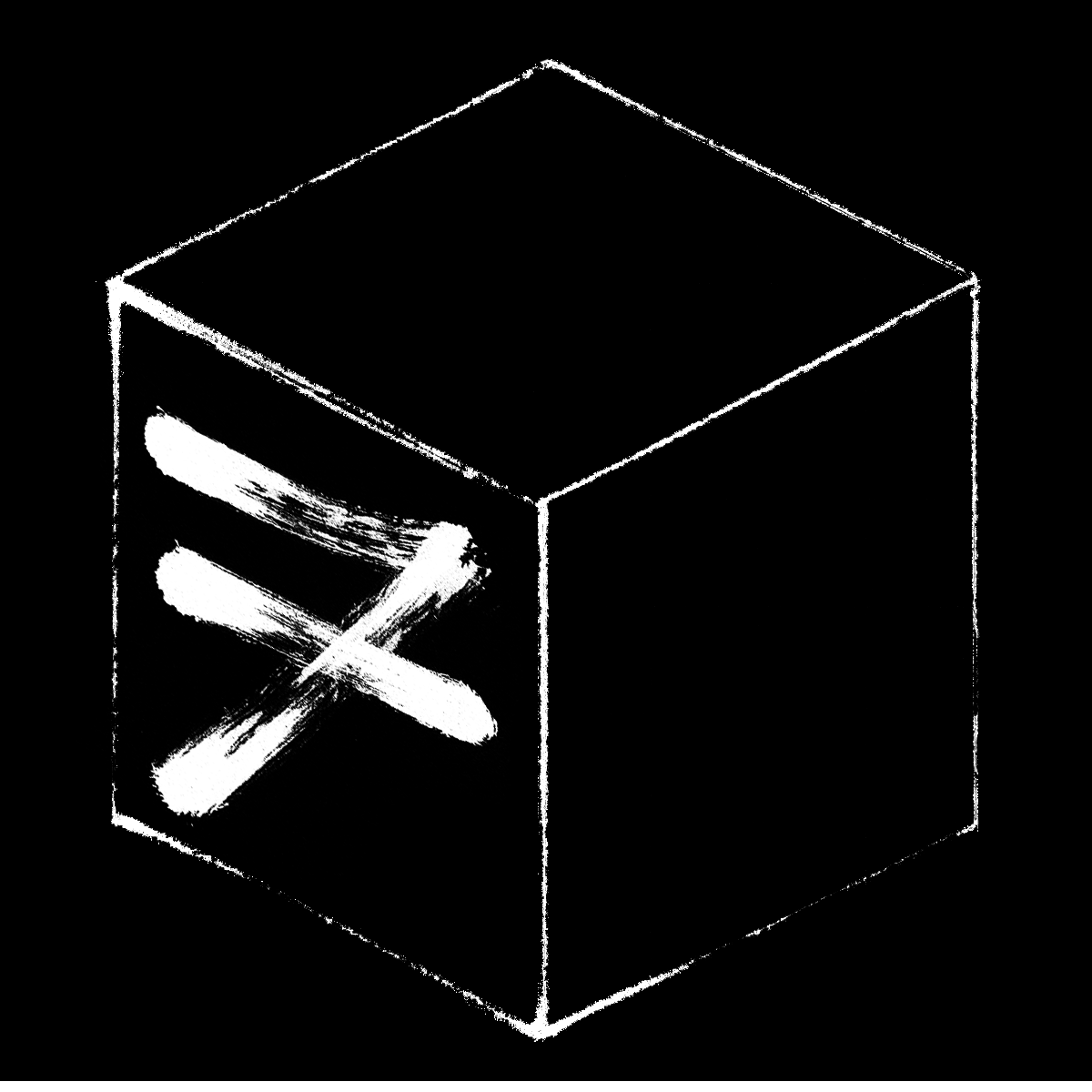
"Battle your way to the ultimate win in this nail biting Dice Battle.
Use your dice wisely and increase your strength along the path to victory."
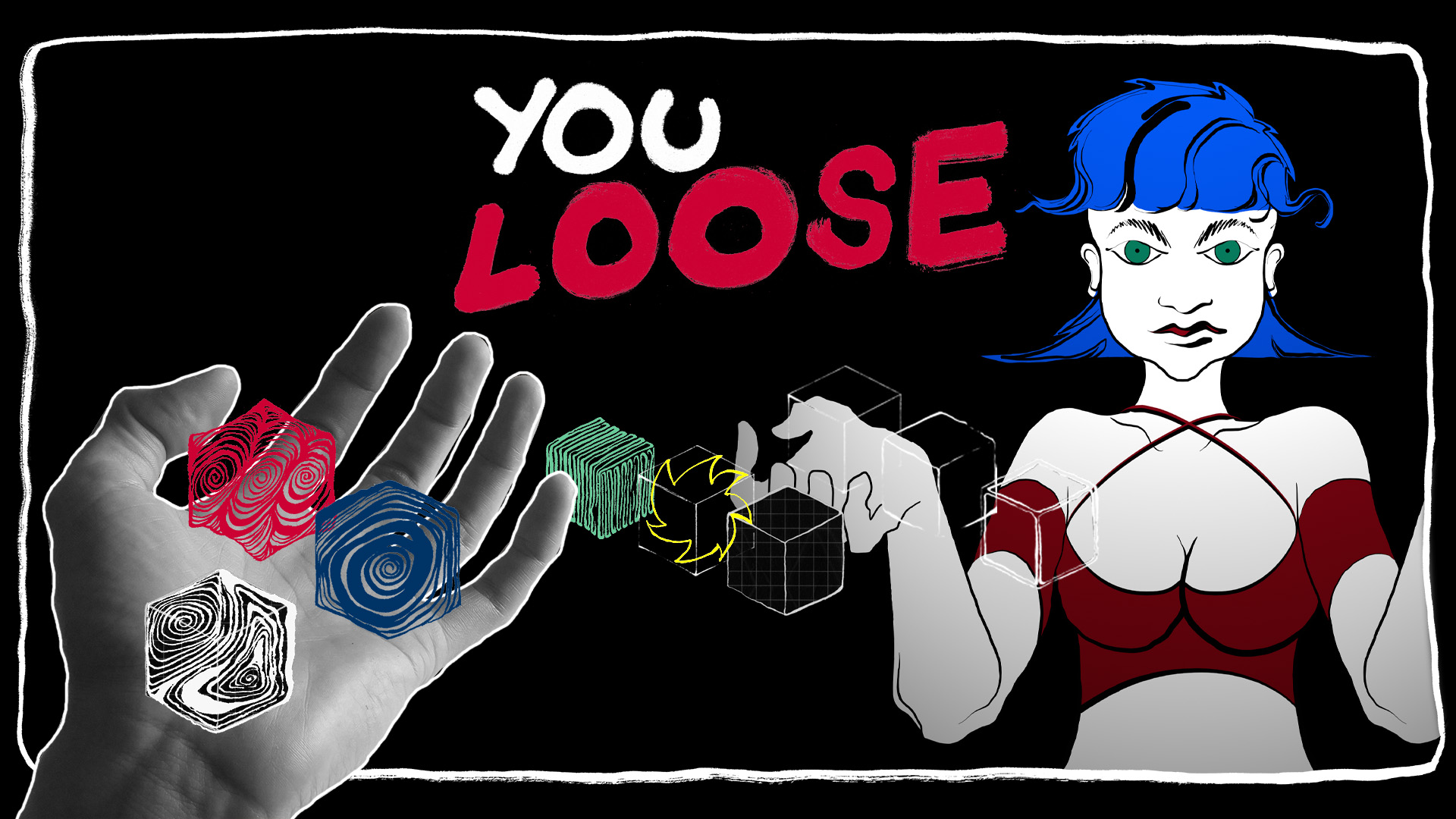
HOW TO PLAY
Upon starting the Game you will be met with a selection of three different levels. Choose one to start the ultimate Dice Battle. In the battle you will meet your oponent and fight them by rolling your dice. The Hand on the left side shows you a number of Empty Slots. Choose dice from your inventory to fill these by clicking on them. Once your Active Slots are filled Press the Roll Button. Both yours and your enemys dice will be rolled and sorted in descending order. The players and enemies dice will then be compared starting from the Highest. If a die has rolled a lower number than its opposite it is removed from the Game and its spot has to be filled anew. If the players or the enemies dice wins in a draw is different in every level. If you win a Game you can choose a new die to add to your collection. The Goal of the Game is to win 5 games but if you Loose 3 Games its Game over.
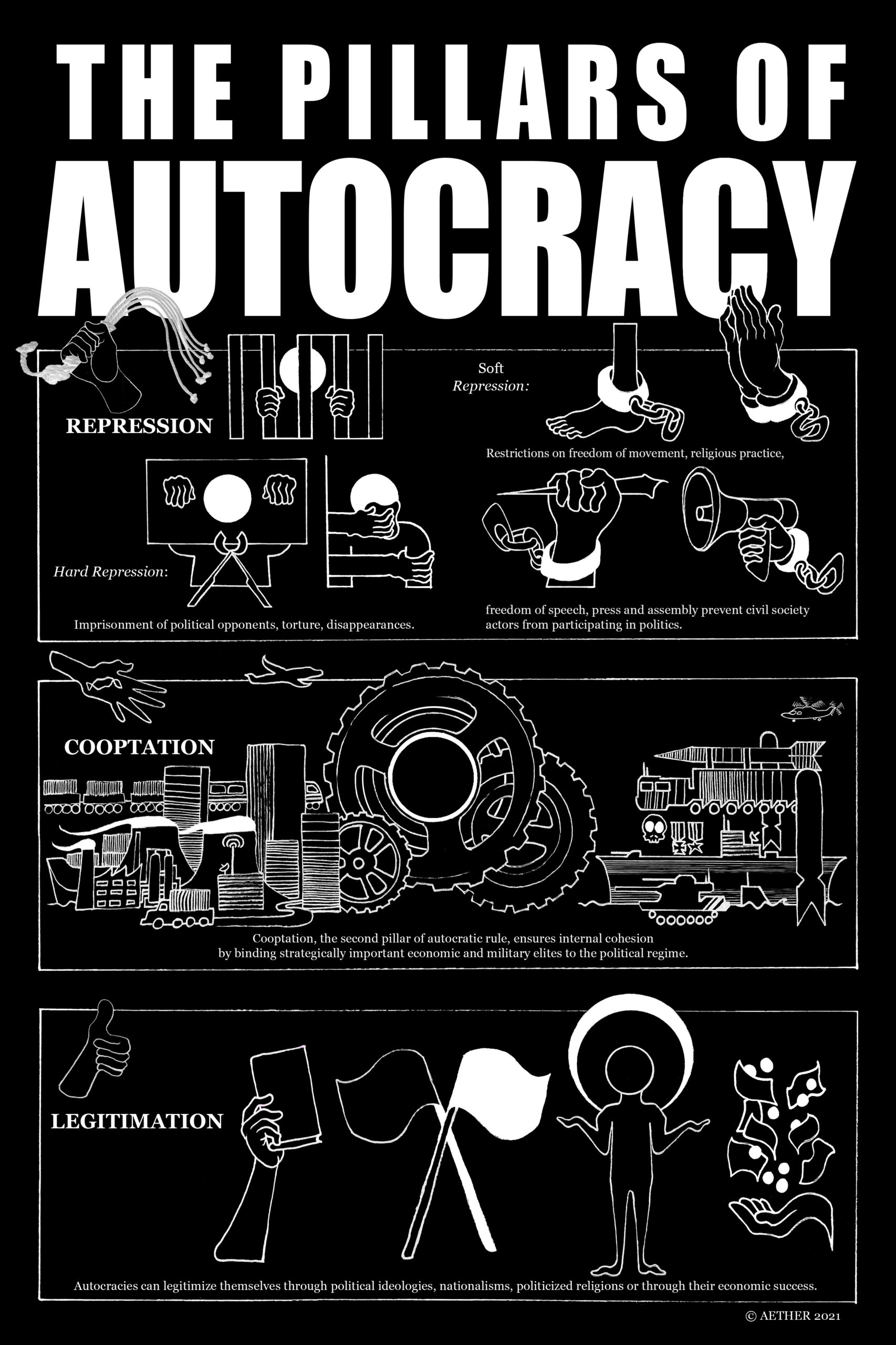
THE PILLARS OF AUTOCRACY
05/2021 Graphite, Ink, Photoshop
User guides are, in my opinion, a supreme discipline in design.
With that in mind, I was looking for something interesting to convey in an infographic. That’s how I came up with the idea of depicting the Pillars of Autocracy by Johannes Gerschewski, even though it is not a procedural phenomenon.
more about this here:
Die drei Säulen und das Überleben elektoraler Autokratien – Eine Replik
by Gerschewski, Johannes (2017) in Zeitschrift für Vergleichende Politikwissenschaft 11(2), 237-246
MORE PROJECTS
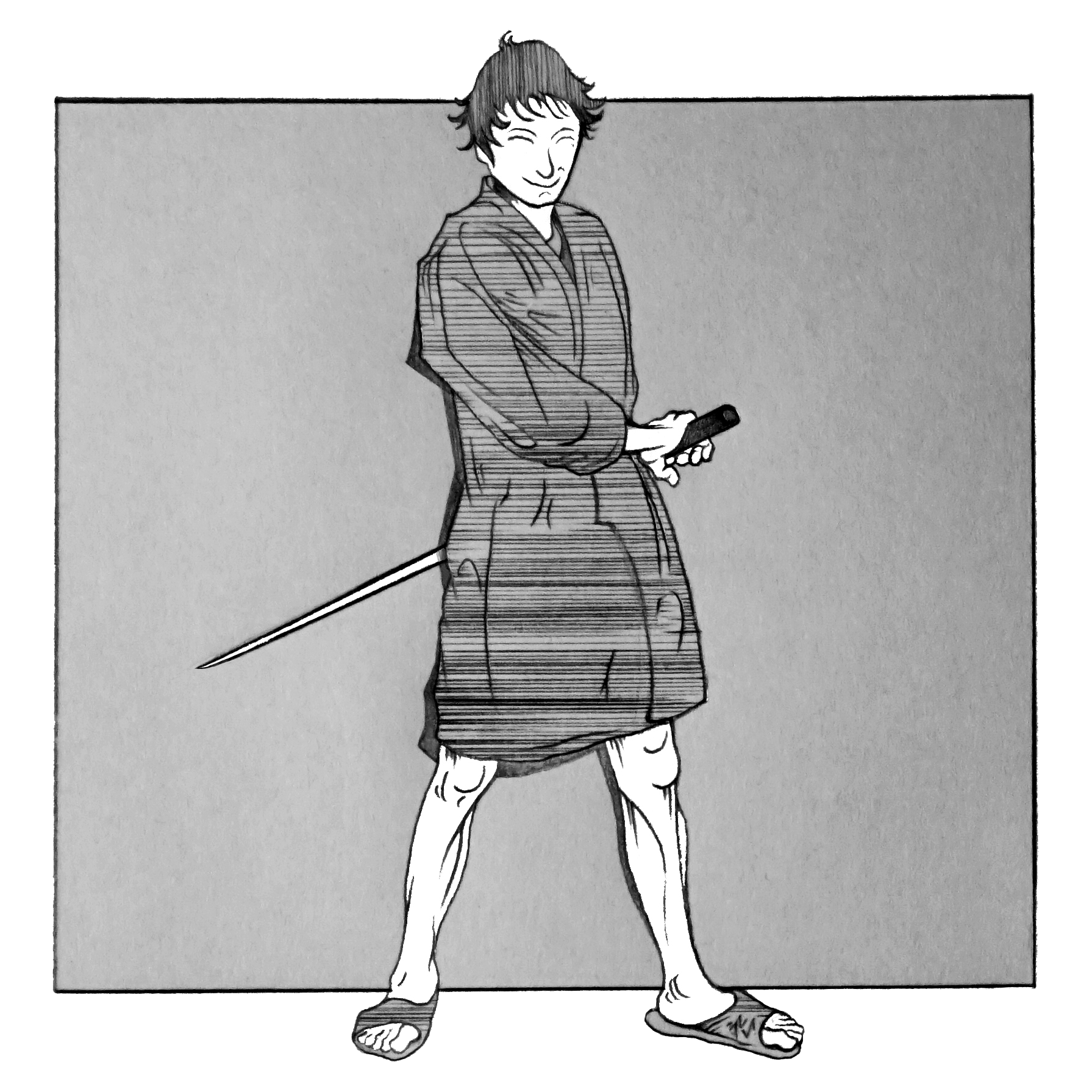
CINEFORCE
05-07/2020 Graphite, Photoshop
The Cineforce aka Aethers Cinema to Graphix was an illustrated film recommendation, published online every second week by Subtil/Skurril and the International Club Freiburg.
In the beginning of the pandemic, me and my team from the International Club thought about digital services considering students facing lockdowns and social isolation. Since I love movies, I came up with the idea of making a movie recommendation.
READ THE BACKSTORY HERE
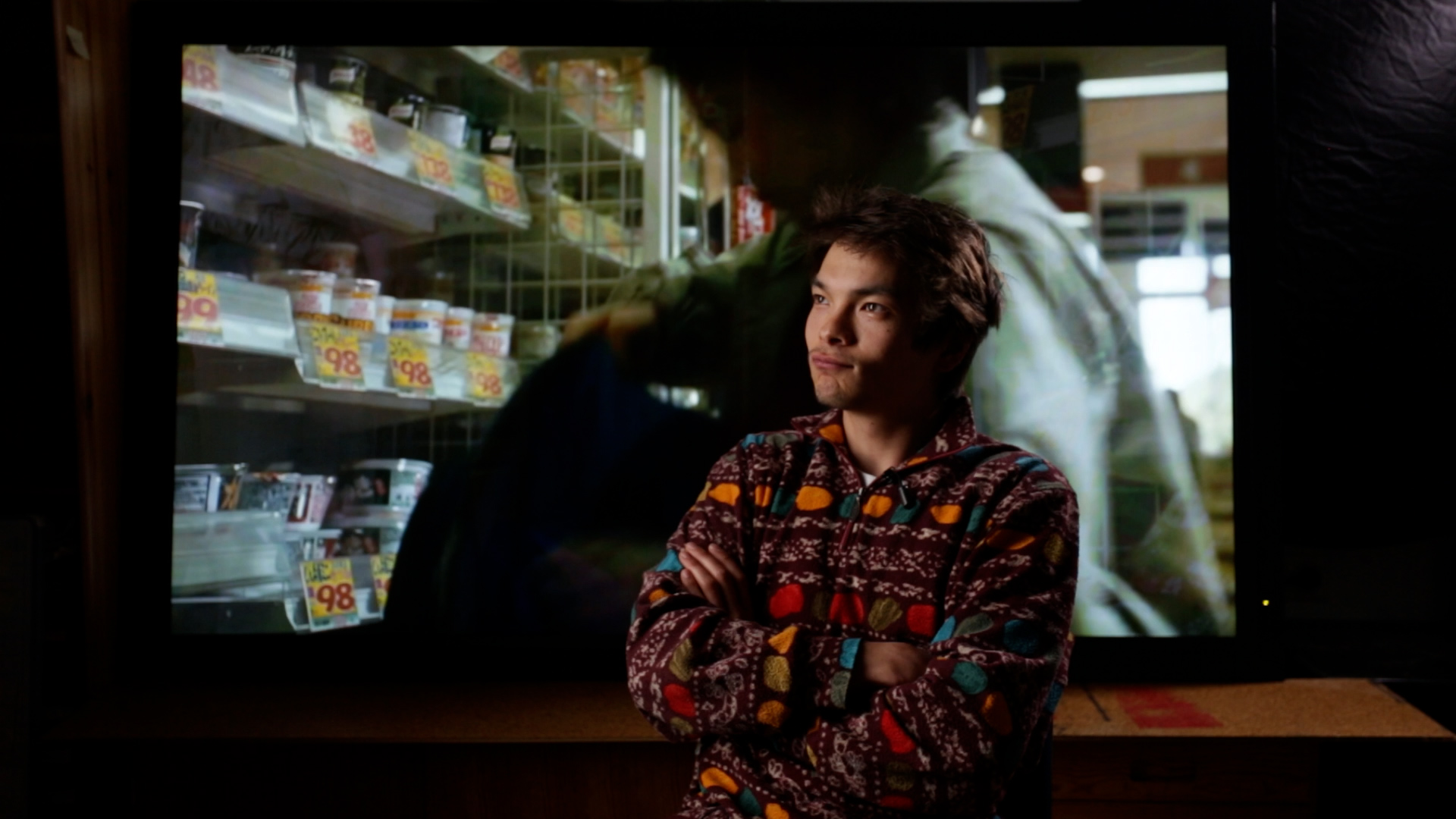
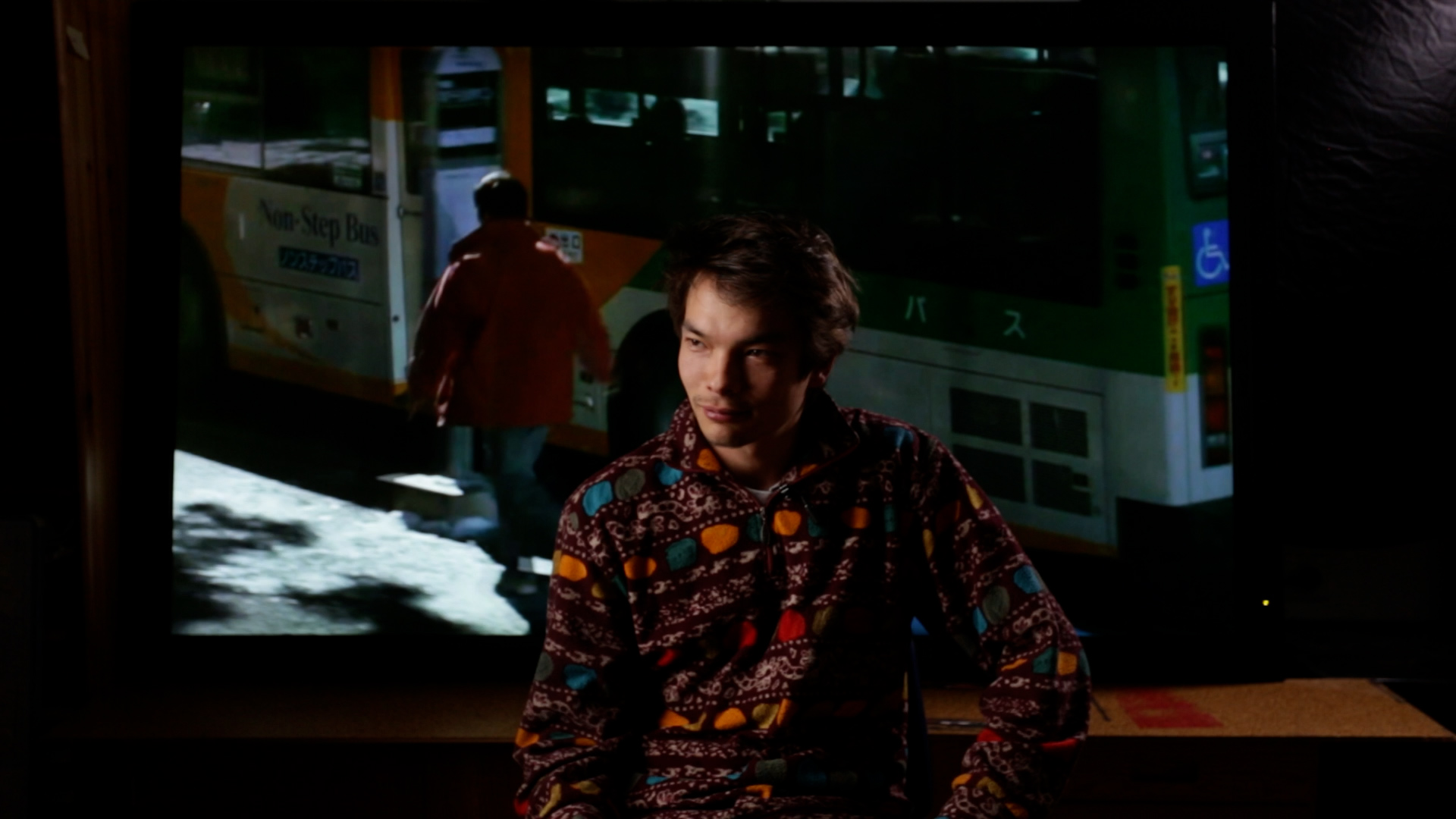
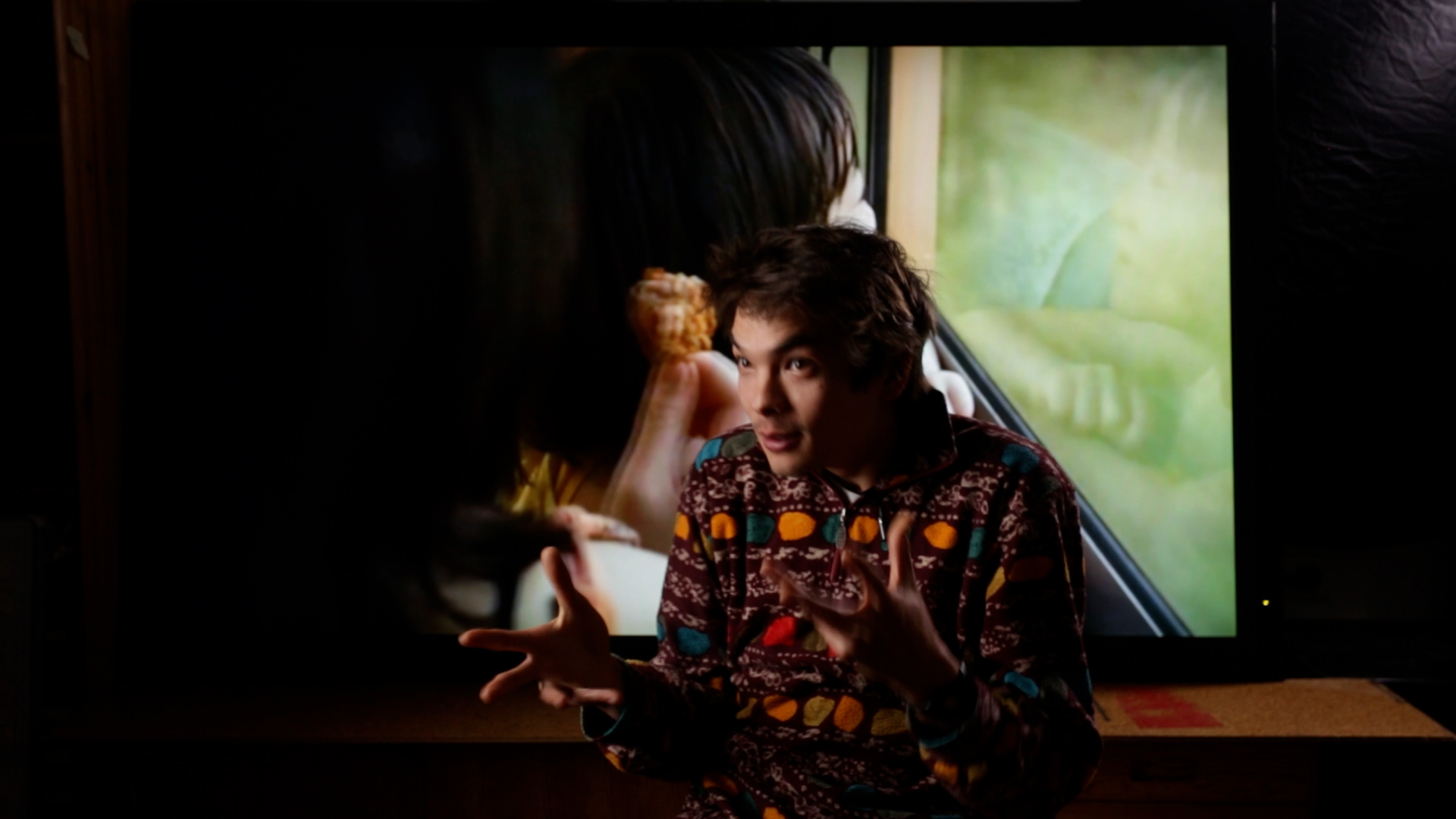
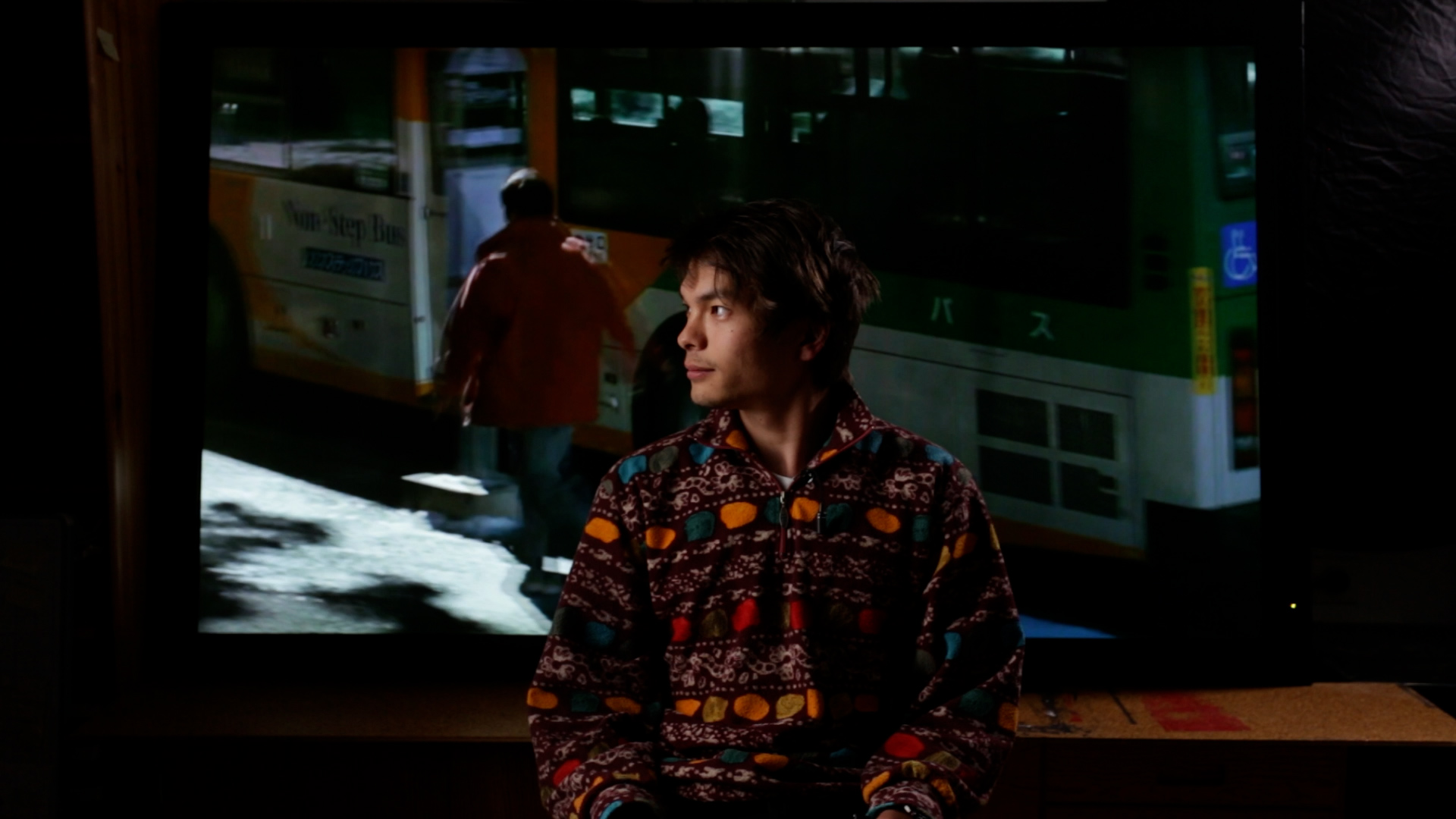
I first tried to produce the Cineforce as a video-show. Unfortunately I lacked the necessary acting skills to get into my role as the moderator. After rethinking my concept I told the story by drawing the show with graphite and photoshop trying to give it a film-noir-ish look.
My team from the international club approved the concept: Aethers Cinema to Graphix, and we published 6 episodes within 3 months during the summer 2020 together with Subtil/Skurril.
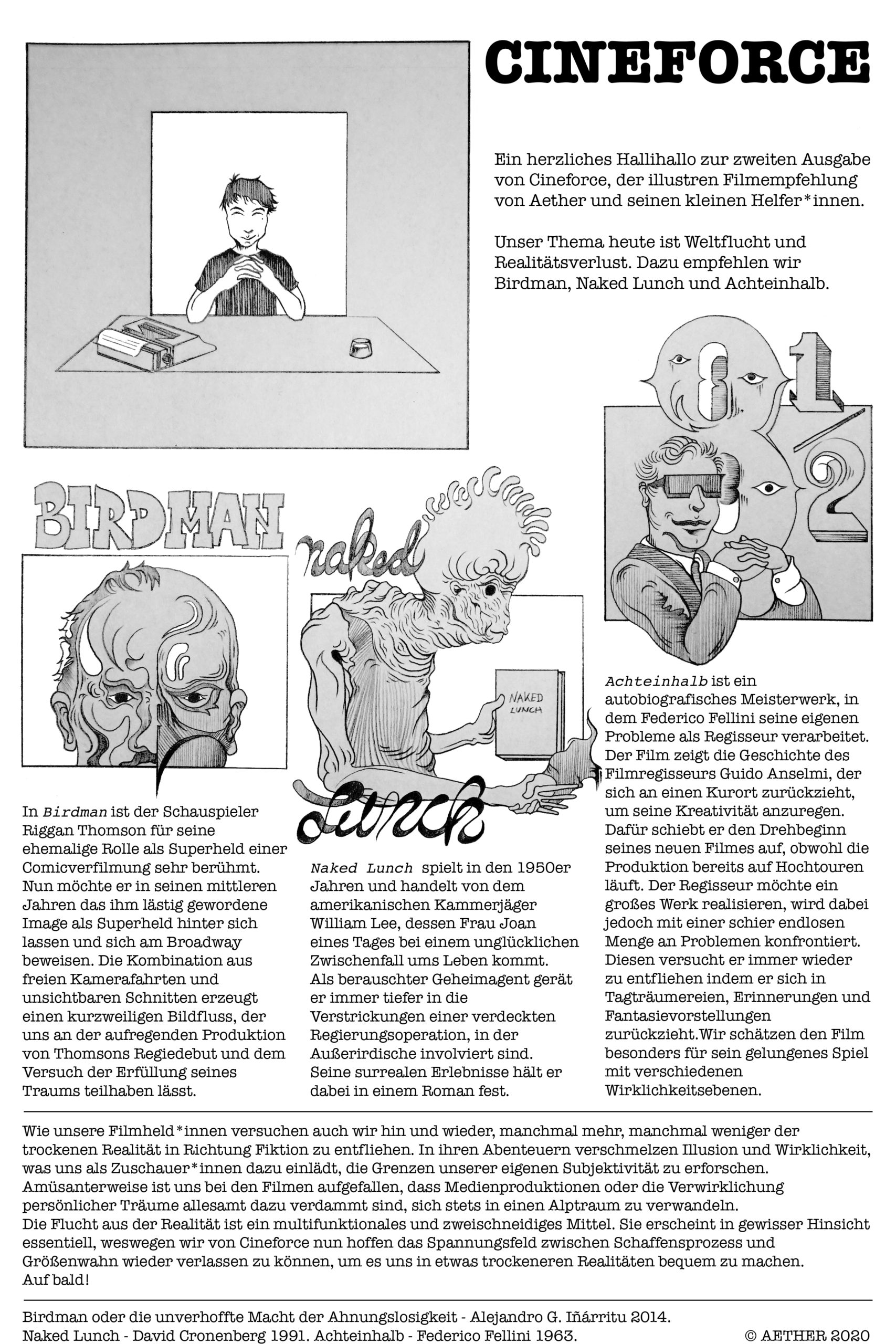
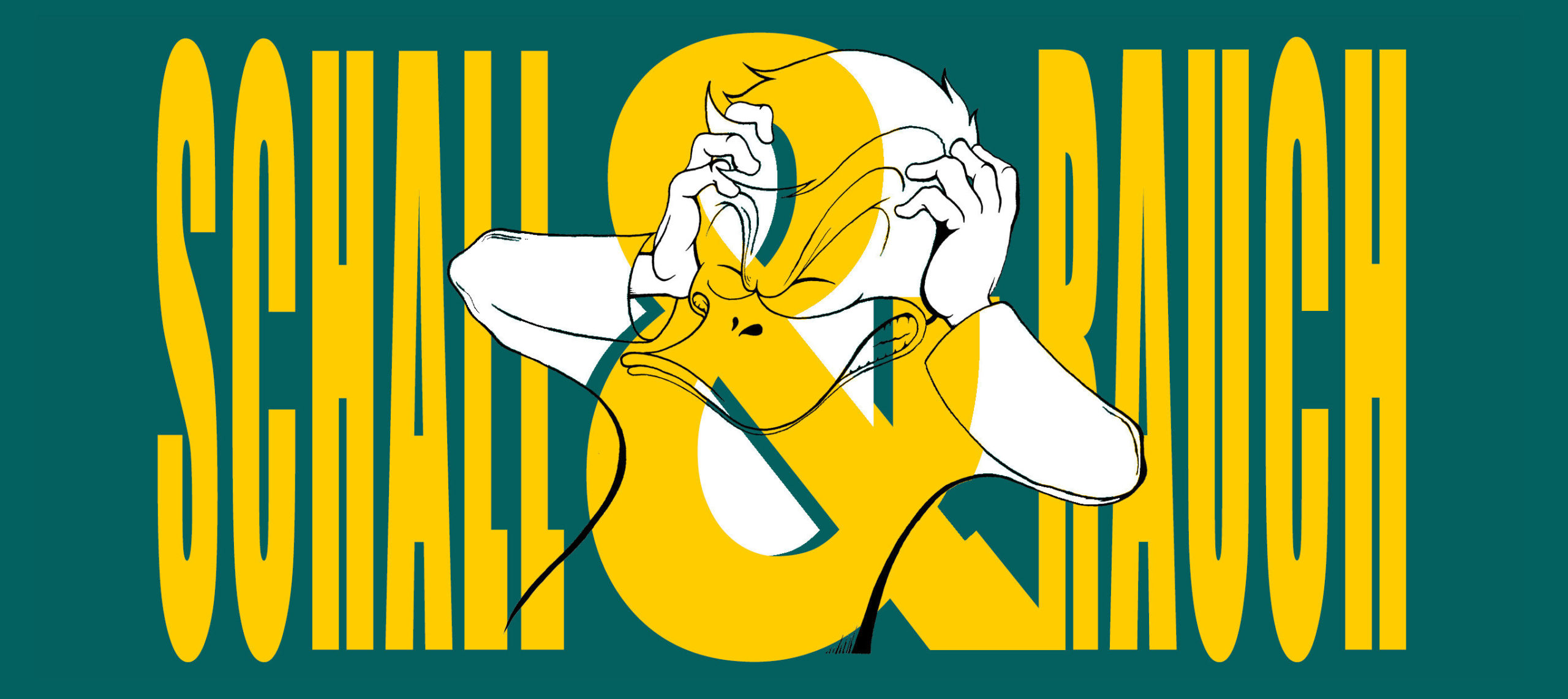
SCHALL & RAUCH
2018 Ink, Photoshop
I designed this graphic in preparation for my commercial Schall & Rauch technoparty at the Jos Fritz Cafe Freiburg.
While the aim of the graphic is to convey a feeling of overkill without being too serious, it depicts Donald Duck (the working-class antihero) suffering either from capitalism or finding himself in the uncomfortable situation of being on a technoparty without earplugs.

subtil/skurril is a digital space for arts and literature, which was founded by Fluvius Raon and me in 2017. As a mixture between webzine and online exhibition, it is a reliable tool for procrastination, amusement, inspiration, motivation and collaboration.
The visual assets oscillate between abstraction and readability, because that’s what Subtil/Skurril is all about.
CHECK IT OUT
Blackwood Films logodesign
2016 Graphite, Ink, Photoshop
Blackwood Films is a group of award-winning independent filmmakers based in Freiburg, Germany. They’ve been sharing equipment, expertise, and a love of filmmaking since 2009.
I was part of the crew from 2014 to 2016 where I gained my first insights into filmmaking.
